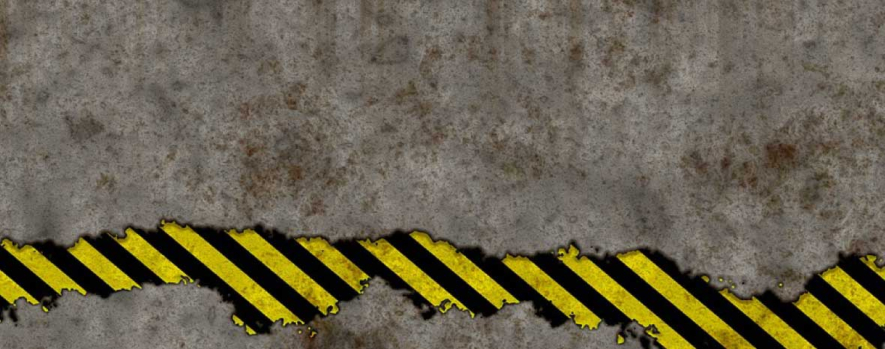
What You Need to Know about HAZMAT Protection Levels
No two jobs or situations involving hazardous materials are alike. Some carry a risk of breathing in something harmful; others pose a risk to your skin. That's why the US government has created four specific hazmat protection levels and requirements for protective gear to keep workers safe at each level of risk. HAZMAT protective suits come in a variety of designs. There's something to suit most every application. Do you know about the four HAZMAT protection levels and what gear you need to stay safe while working in each environment?
Overview of Hazardous Materials Protection Levels
The US Occupational Safety and Health Administration (OSHA) designates four specific levels of hazardous protection gear for hazardous materials (HAZMAT) workers. These are Level A, Level B, Level C and Level D, with Level A being the most protective and Level D being the least protective. Below is a brief overview of what is needed at each level.
Level A : description and requirements
Level A protection is appropriate when the substance you are working with has a high degree of hazard to the respiratory system, skin, and eyes, or when the substance is unknown. These hazardous substances can be liquid, gaseous or solid. Protection gear required by OSHA for a Level A hazard includes:
- Fully-encapsulated chemical protective suit.
- Full-face, positive pressure demand, self-contained breathing apparatus (SCBA).
- Outer and inner, chemical-resistant gloves.
- Chemical-resistant safety boots with steel toes and outside shanks.
- A two-way radio attached to the inside or outside of the suit to avoid contamination.
Note: Level A chemical suits can only be worn for 30 minutes at a time due to dehydration issues.
Level B : description and requirements
Level B protective gear is the same as that for Level A, except for the suit. The Level B chemical suit provides skin protection against splashes, but not contact with vapors. Both the Level B and the Level A chemical suit have the same respiratory protection. Level B protective gear is recommended for situations when the substance has been identified and is known not to require a high degree of skin protection. According to the National Institute of Health (NIH), "Level B protection is the minimum level recommended on initial site entries until the hazards have been further identified and defined by monitoring, sampling, and other reliable methods of analysis, and equipment corresponding with those findings utilized."
Protection gear required by OSHA for a Level B hazard includes:
- Hooded chemical resistant clothing or suit.
- Full-face, positive pressure demand, self-contained breathing apparatus (SCBA).
- Outer and inner, chemical-resistant gloves.
- Chemical resistant safety boots with steel toes and outside shanks.
- Secured wrist, ankles, face-piece and waist areas for splash protection.
- A two-way radio attached to the inside or outside of the suit to avoid contamination.
Note: Level B chemical suits can only be worn for 30 minutes at a time due to dehydration issues.
Level C : description and requirements
The skin protection in the Level C chemical suit is the same as with Level B, but the protective equipment at this level has less respiratory protection. This is the most commonly-used type of protective gear used for workers today. It is appropriate when the substance in question will not harm the skin and where the airborne particulate levels are known and are less than the below the OSHA Permissible Exposure Limits. Periodic monitoring of the air must be performed when using Level C gear to make sure that the particulate levels stay in the acceptable range. Note: Level C protective gear is not permitted by OSHA for a chemical emergency response.
Protection gear required by OSHA for a Level C hazard includes:
- Hooded chemical resistant clothing or site.
- Full or half mask air purifying respirator.
- Inner and outer chemical resistant gloves.
- Safety boots with steel toes and outside shanks.
- A two-way radio.
- Hard hat.
Level D : description and requirements
There is no level D chemical suit, nor any respiratory protection at this level. The protective equipment for level D is essentially a work uniform with safety enhancements. These are designed to protect against common hazards such as those found on a construction site or in a factory or warehouse setting. This level of gear does not offer any protection against chemical agents.
Protection gear required by OSHA for a Level D hazard includes:
- Coveralls
- Safety boots/shoes with steel toes and outside shanks
- Safety glasses or chemical splash goggles
- Gloves
Additional PPE for special situations
In addition to the four general hazard levels, there may be situations where additional safety equipment is required or recommended. These include:
- Earplugs or earmuffs for jobs where there is excessive noise, such as on an airport tarmac or in a factory with a noisy machine.
- Eye and face protection for jobs where there are hazards of flying fragments, hot sparks, and chemical splashes, such as a welding shop or chemistry lab.
Things to consider when creating a PPE plan
As helpful as these levels of protective gear can be, they do have some limitations that are important to consider. The level A, B and C chemical suits limit vision and movement. They can also hamper communication, even with two-way radios. As we mentioned above, level A and level B chemical suits carry a risk of dehydration and should only be worn for limited amounts of time.
Having the right protective equipment for the job will not only keep you in compliance with US government requirements, but will keep you safe from topical, respiratory and other hazardous substances. Since there are different levels of risk, OSHA divides protective gear into four categories. It's important to know what PPE you need for the job you're preparing to tackle.